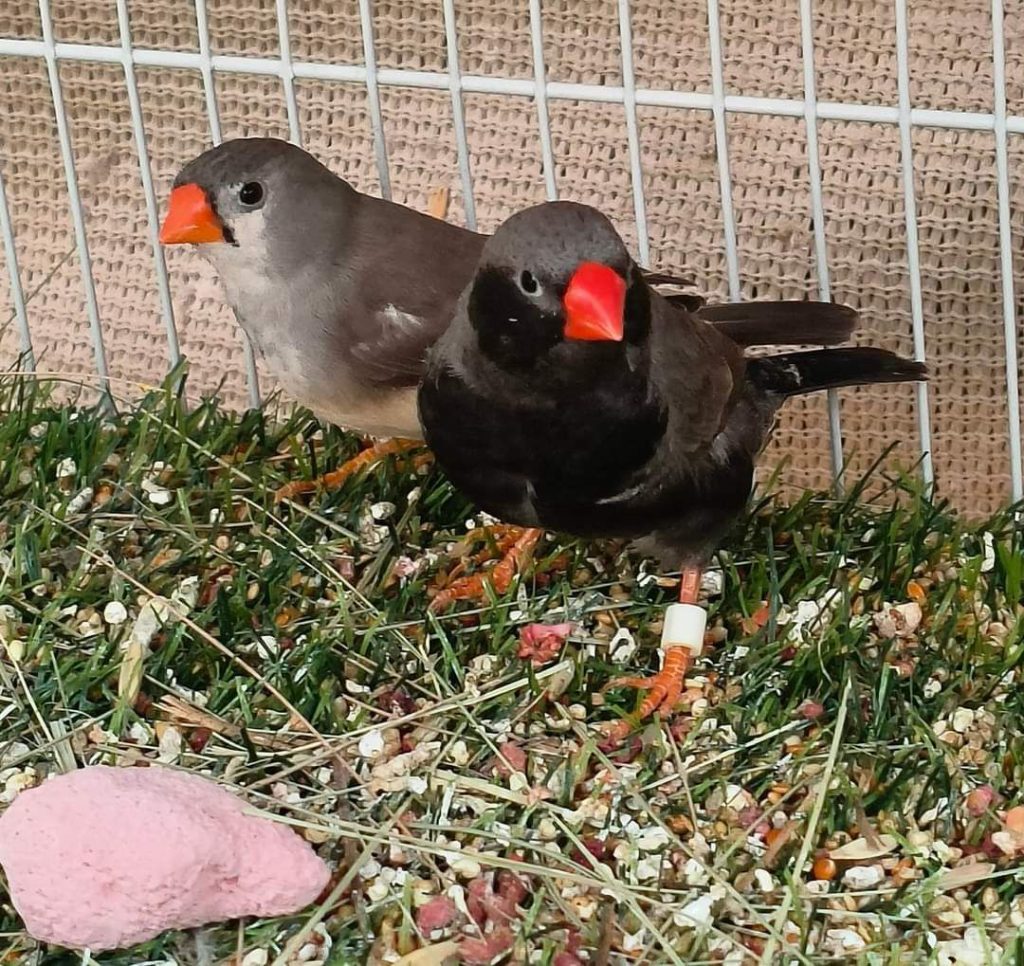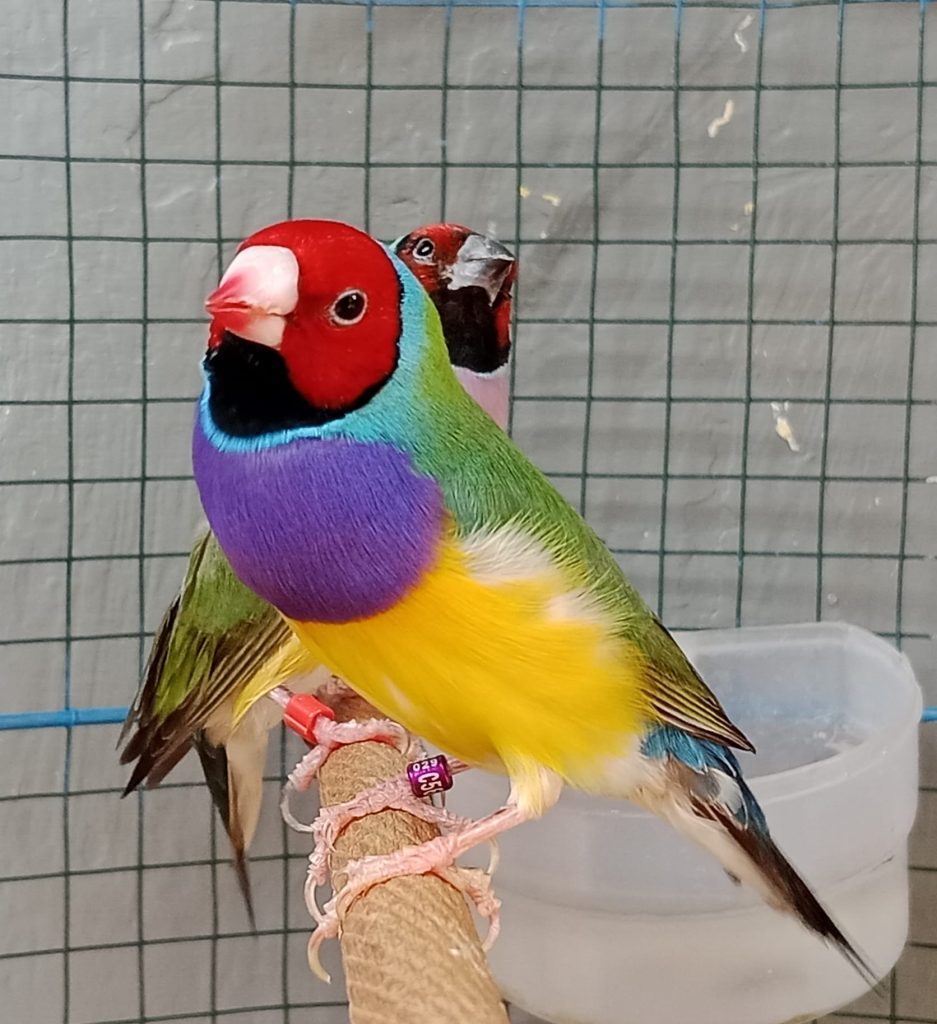Exploring the Incredible Diversity of Finch Birds
Finches are some of the most fascinating birds on the planet. With their tiny size, bright colors, and cheerful songs, these little creatures have captured the attention of birdwatchers, scientists, and nature enthusiasts for centuries. But what makes finches even more interesting is their incredible diversity. From the way they look to how they behave, finches come in all shapes and sizes, and they’re found in many parts of the world.
Let’s take a deep dive into the diverse world of finches and explore how they’ve adapted to different environments, how their appearances can vary, and what makes them such an important part of our natural world.

What Exactly Are Finches?
Before we get into their diversity, let’s quickly break down what finches actually are. Finches are small songbirds, known for their distinctive, strong, cone-shaped beaks, which are perfect for cracking open seeds. They belong to the family Fringillidae and are part of a larger group of birds known as passerines. Passerines are also called “perching birds” because most of them love to hang out on trees, wires, or other structures. If you’ve ever seen a bird hopping around your backyard eating seeds or singing in the trees, there’s a good chance it’s a finch!
One thing that sets finches apart is their remarkable adaptability. They can live in forests, deserts, mountains, and even in urban settings. Some finches stick around in one place all year, while others migrate across continents. But what really stands out about finches is the variety of species that exist, each with its own unique traits.
The Colorful World of Finch Plumage

Finches are often known for their colorful feathers, especially the males during the breeding season. For example, the male American Goldfinch is a striking shade of bright yellow with black wings and a black cap on its head. In contrast, the female has a much more subdued, olive-brown color that helps her blend into the environment. This color difference between males and females is known as sexual dimorphism, a common feature in many bird species.
The House Finch, another common finch species, shows off a different kind of color palette. Males can have bright red plumage on their heads and chests, though some individuals might have yellow, orange, or even brownish feathers. Females of this species, however, are often streaky brown, which helps them stay camouflaged while nesting.
Then there’s the Purple Finch, a bird that looks like it’s been dipped in a beautiful shade of raspberry. The male has deep red plumage with a slightly purple tint, while the female is a more subtle brownish-gray. The variation in colors is a reflection of the wide range of environments finches can inhabit.
But finches aren’t all about color. Many species have beautifully patterned feathers, like the Zebra Finch. These little birds, often kept as pets, have a striking black-and-white striped pattern on their chests and sides. The intricate designs help them blend in with the dry grasslands where they’re commonly found.
Finch Beaks: The Ultimate Tool
The beak is one of the most important features when it comes to finches. Most finches have strong, conical beaks designed for cracking seeds, which is their main food source. However, the size and shape of a finch’s beak can vary greatly depending on its diet and the environment it lives in.
For example, the Darwin’s Finch, a group of finches from the Galápagos Islands, is famous for its variety of beak shapes. Charles Darwin studied these finches during his travels in the 19th century, and he noticed that each species of finch had adapted its beak to suit a specific kind of food. Some finches have thick, strong beaks for cracking hard seeds, while others have thinner, more delicate beaks for picking insects from flowers. This diversity in beak shapes helped Darwin develop his theory of evolution by natural selection, showing how animals can evolve to suit their environment.
Similarly, the Cactus Finch, another species from the Galápagos, has a long, pointed beak that’s perfect for feeding on insects hiding in cactus flowers. Over time, the cactus finch has adapted to its environment, developing a specialized beak to thrive in the dry, arid conditions of the islands.
Finch Habitats: From Urban Jungles to Remote Islands
Finches are extremely adaptable birds and can thrive in a wide range of habitats. You can find them in everything from urban areas to remote islands, and their ability to adjust to different conditions has contributed to their diverse range of species.
Urban finches like the House Finch have done exceptionally well in cities and towns. These birds are comfortable around human activity and have learned to take advantage of the food sources available in urban environments, such as bird feeders, gardens, and even fast-food scraps. House Finches are also known to nest in odd places like streetlights or air conditioning units, showing just how well they’ve adapted to living in cities.
In contrast, mountain finches like the Rock Finch are more suited for higher altitudes and harsher climates. These finches are typically found in rocky areas and have evolved to deal with the colder temperatures and strong winds of mountain regions. Their plumage is often thicker and more suited for insulation in colder environments.
Finches are also common in grasslands, where species like the Lesser Goldfinch thrive. These finches are well-adapted to life in open fields and grassy areas, where they primarily feed on seeds from grasses and wildflowers. The Zebra Finch, a small but vibrant bird, is native to the dry grasslands and forests of Australia. It is one of the most studied finches due to its popularity in the pet trade and its adaptability in various habitats.
Perhaps the most iconic examples of finch adaptation are found on the Galápagos Islands. Darwin’s famous finches are a prime example of how finches have evolved to fill different ecological niches. The islands are home to several different species of finches, each with distinct traits, ranging from size and color to beak shape. These birds have adapted to the varying food sources and environmental challenges present on each island, making the Galápagos a living laboratory for studying evolution.
Behavior and Social Life of Finches
When it comes to behavior, finches can be pretty social, though it largely depends on the species. Some finches prefer to live in small family groups, while others form large flocks, especially during migration.
Goldfinches, for instance, often hang out in flocks, especially in the colder months. They’re known to be social birds, often singing and interacting with each other. Their cheerful chirps and songs make them a joy to watch in backyards and gardens. These songs are an important part of finch behavior, as they are used to establish territory, attract mates, and communicate with others in their flock.
On the other hand, some species of finches, like the Tree Finch, tend to be more solitary and prefer to forage alone. These finches are often seen hopping along branches or pecking at the ground for food. Despite their solitary tendencies, they can still form small groups during the breeding season or when food is plentiful.
Migration is another interesting aspect of finch behavior. Many species, especially in northern regions, will migrate south for the winter. Goldfinches, for example, will fly from the northern United States and Canada to warmer southern climates in the fall. They travel in large flocks, navigating by instinct and following the availability of food sources. Some finches, like the Purple Finch, are less migratory and prefer to stay in one area year-round, especially in milder climates.
Why Finch Diversity Matters
So, why does all this diversity matter? Well, the variety of finch species is a testament to nature’s ability to adapt and evolve over time. The incredible range of beak shapes, plumage colors, and behaviors reflects how finches have managed to survive in diverse environments all over the world. They help maintain the balance in ecosystems by controlling insect populations, pollinating plants, and spreading seeds, which encourages plant growth.
Furthermore, the study of finches gives scientists insights into evolutionary processes. The differences in beak shapes among Darwin’s finches, for example, have provided valuable evidence for understanding how species evolve over time. By studying finches and their behaviors, scientists can learn more about how animals adapt to changing environments, helping us better understand the natural world.
Finches also play a role in maintaining biodiversity. By living in different habitats and feeding on different types of food, they contribute to the ecological health of their environments. Without finches, many ecosystems would be less balanced, as these birds help control plant and insect populations in ways that keep other species in check.
Conclusion
Finches are more than just pretty birds with colorful feathers and catchy songs. They are a diverse group of creatures, each with its own set of unique adaptations that allow it to thrive in a range of environments. Whether it’s their varied plumage, specialized beaks, or social behaviors, finches showcase the power of evolution and nature’s creativity.
As you spot these delightful little birds in your backyard or on your travels, take a moment to appreciate their incredible diversity. These small, often overlooked creatures are a living reminder of the wonders of the natural world and the remarkable ways that life can adapt and thrive.

